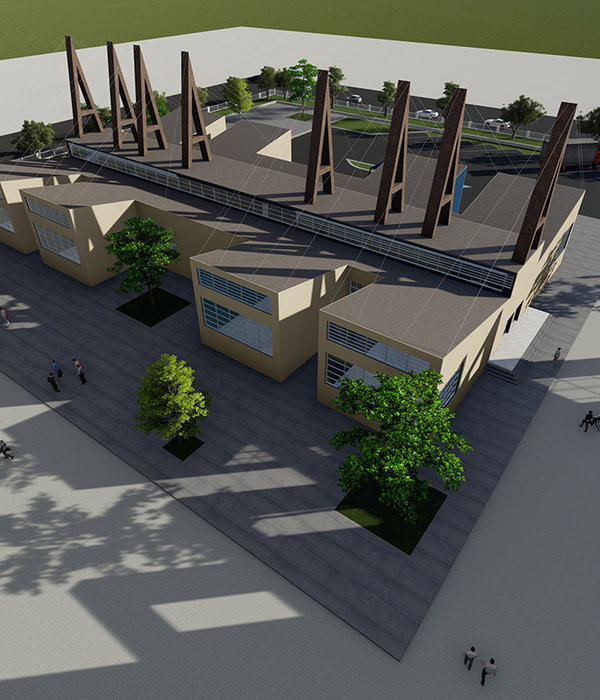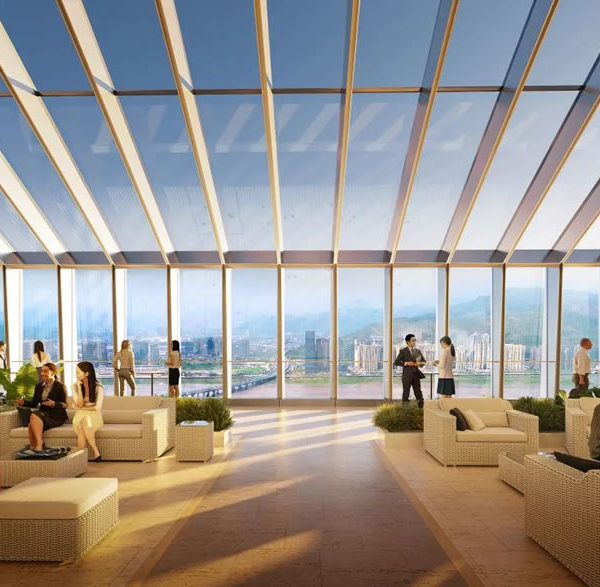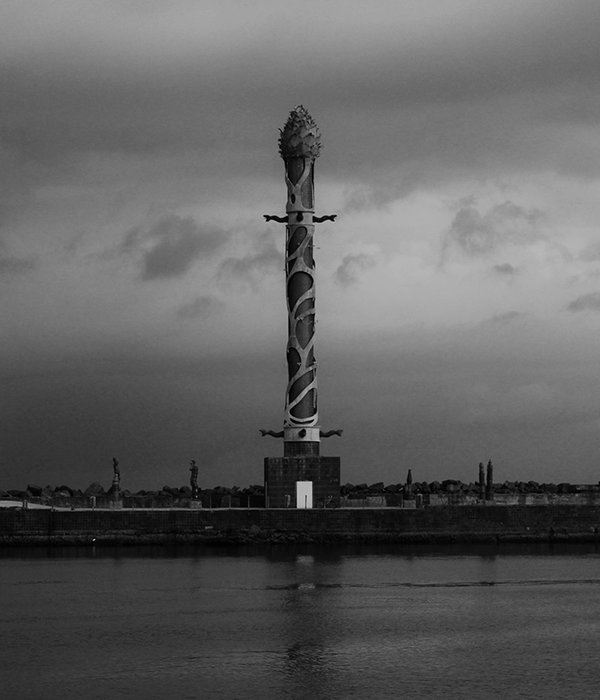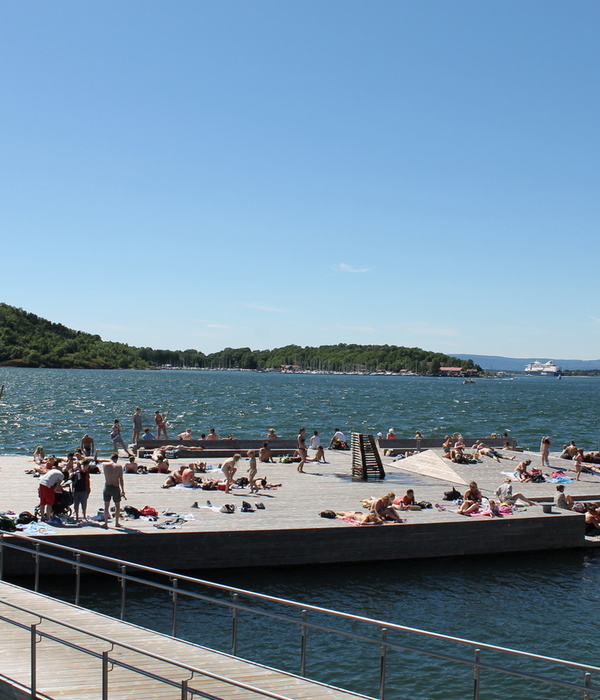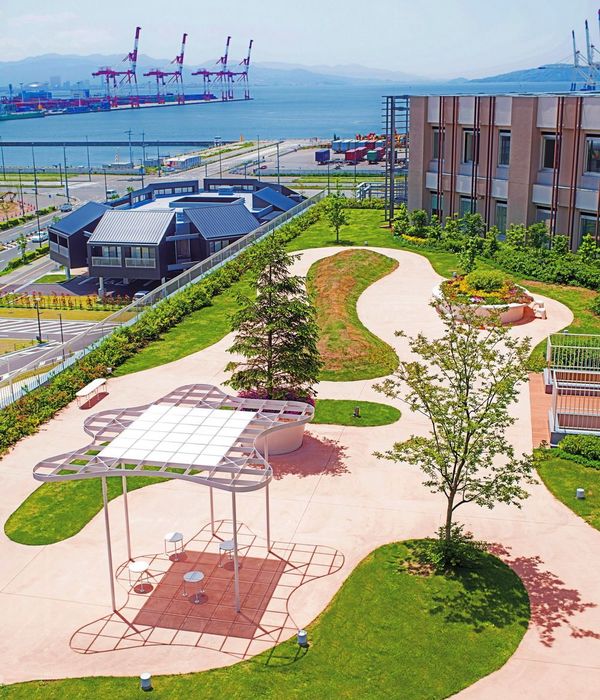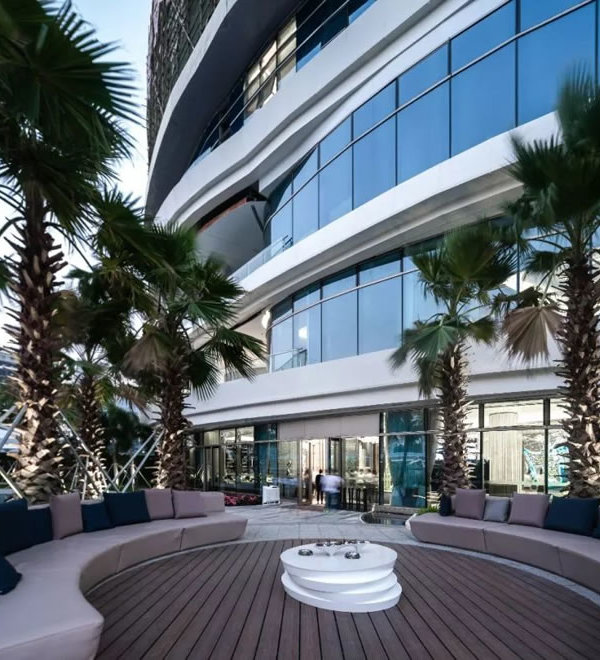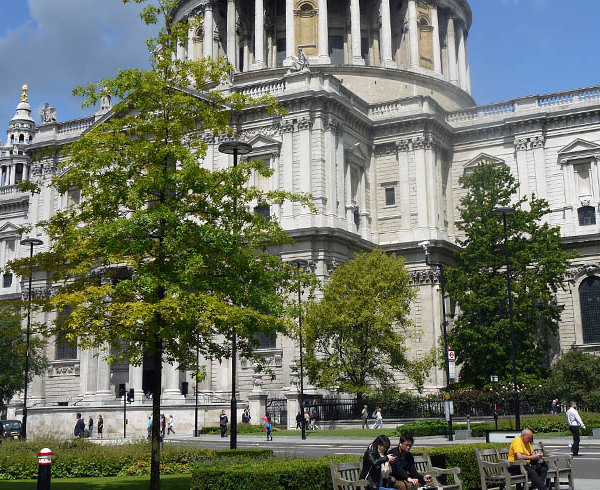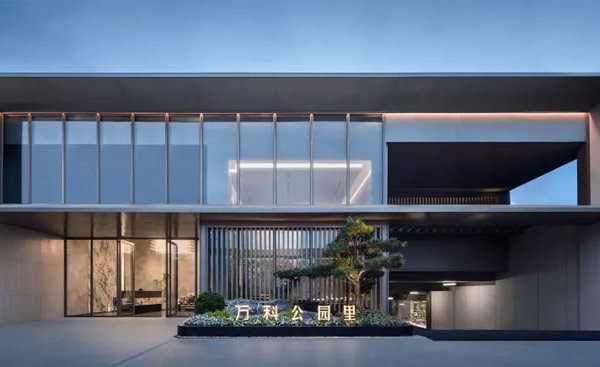软曲之城 | Cloud Village 的迷你雪球式设计
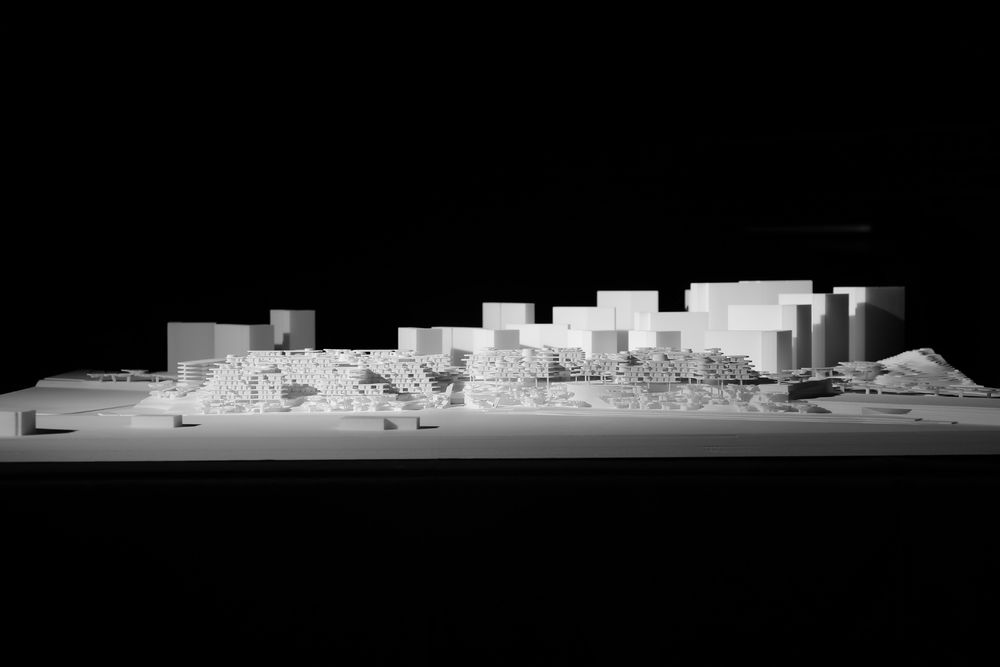
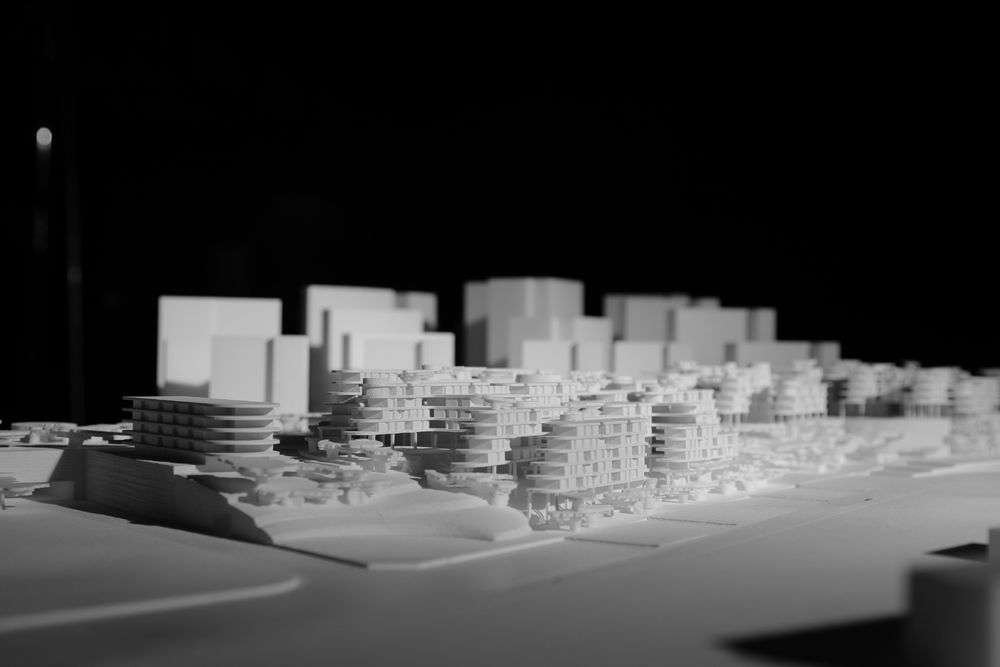
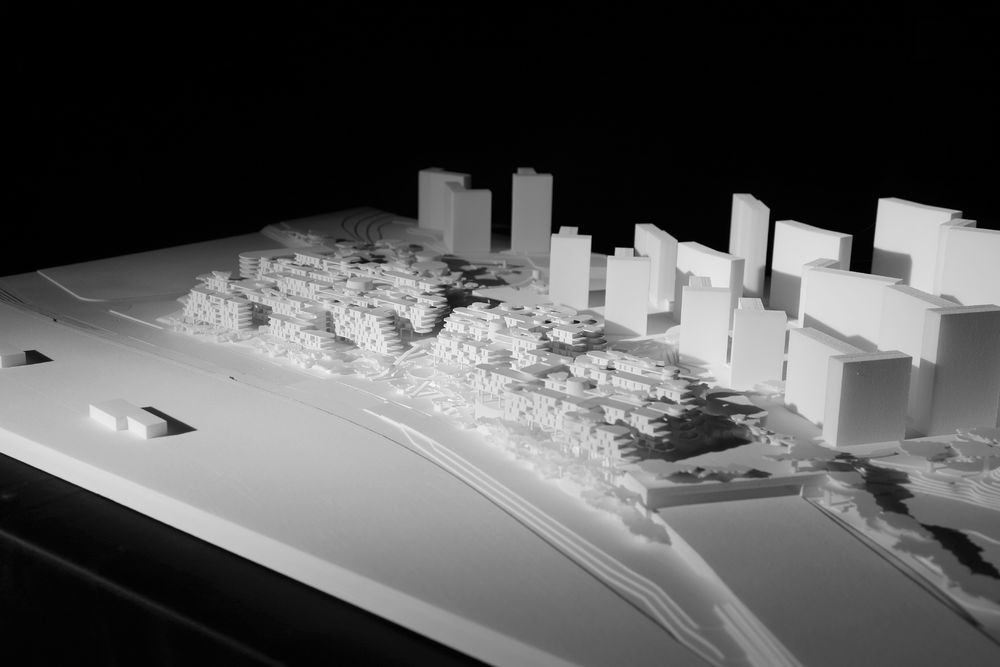
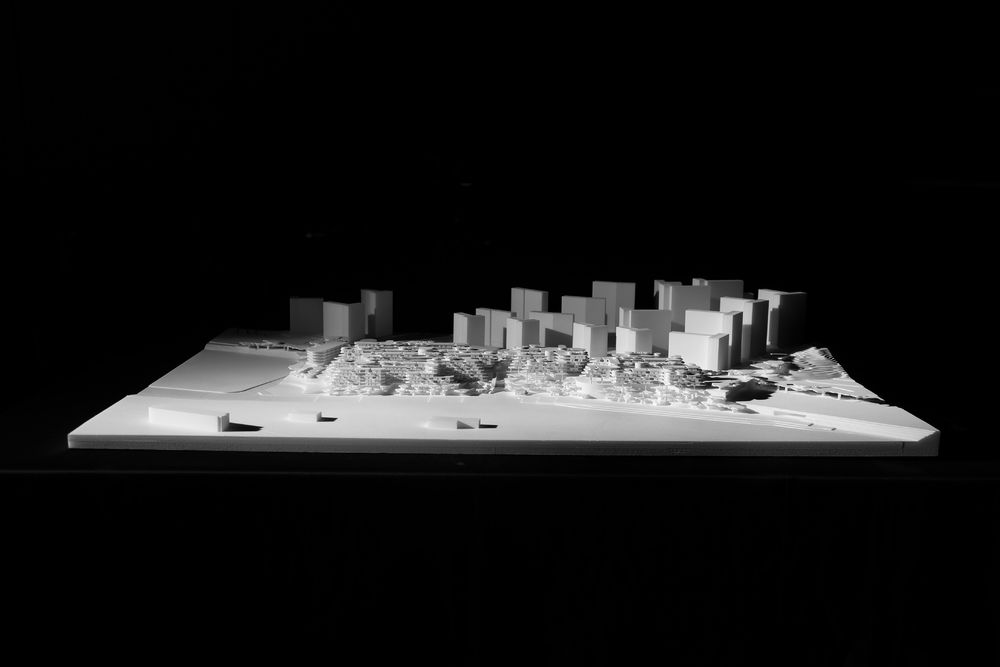
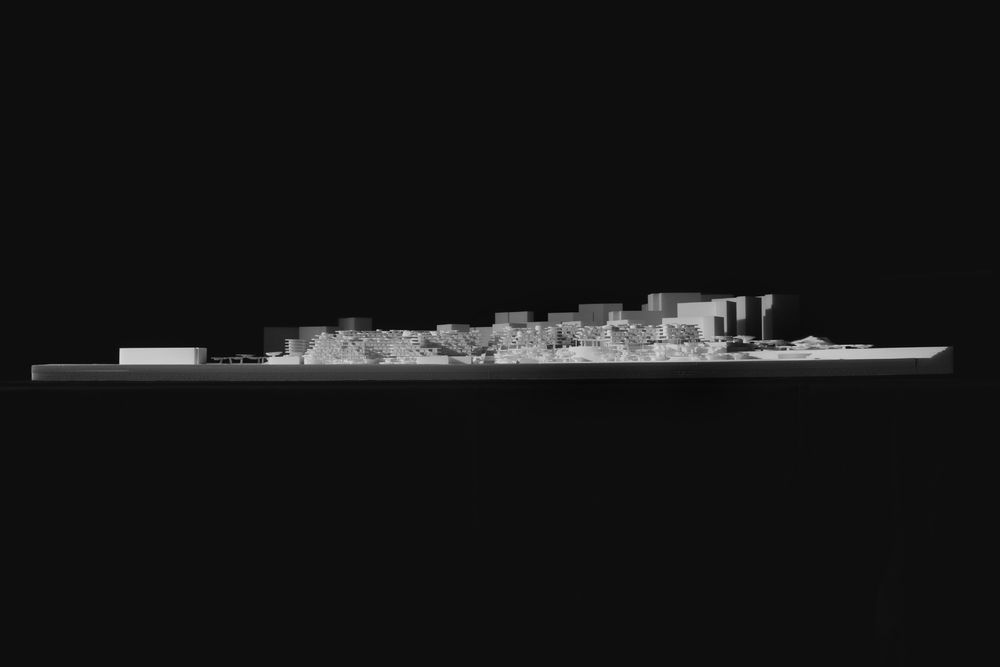
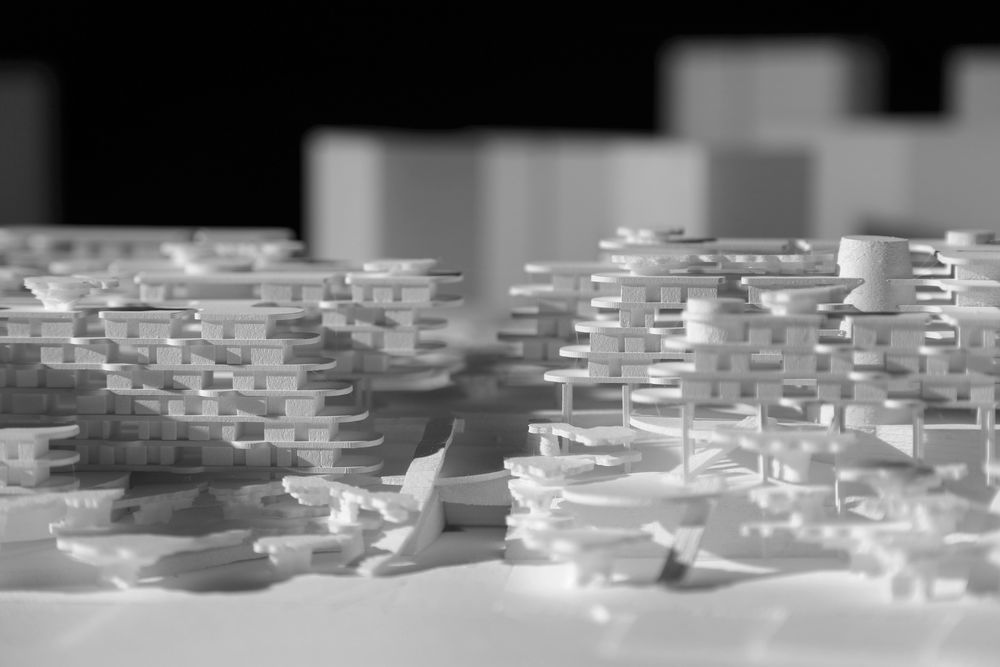
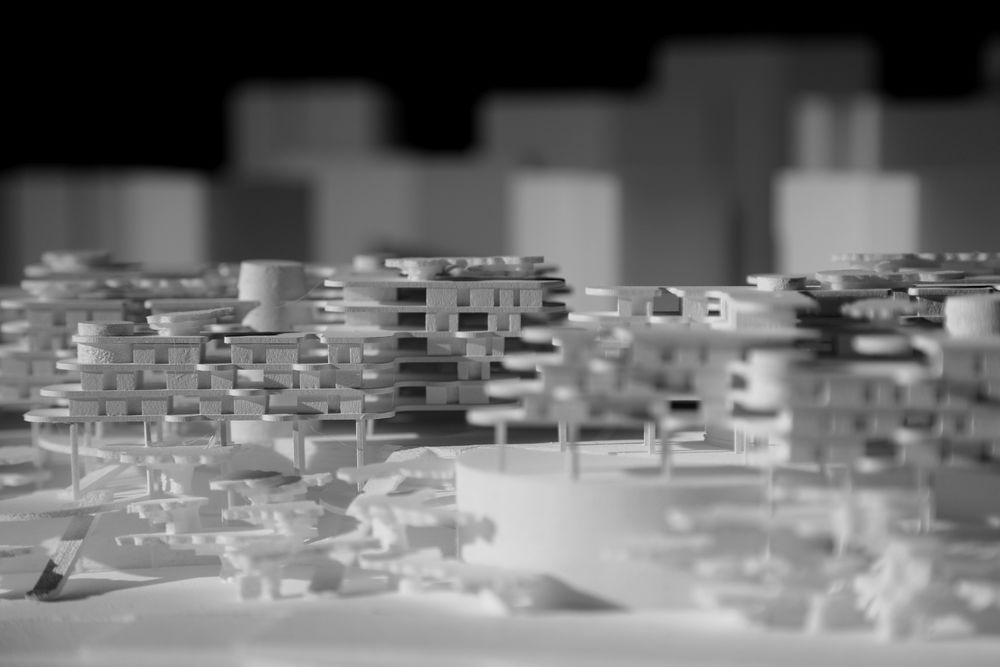
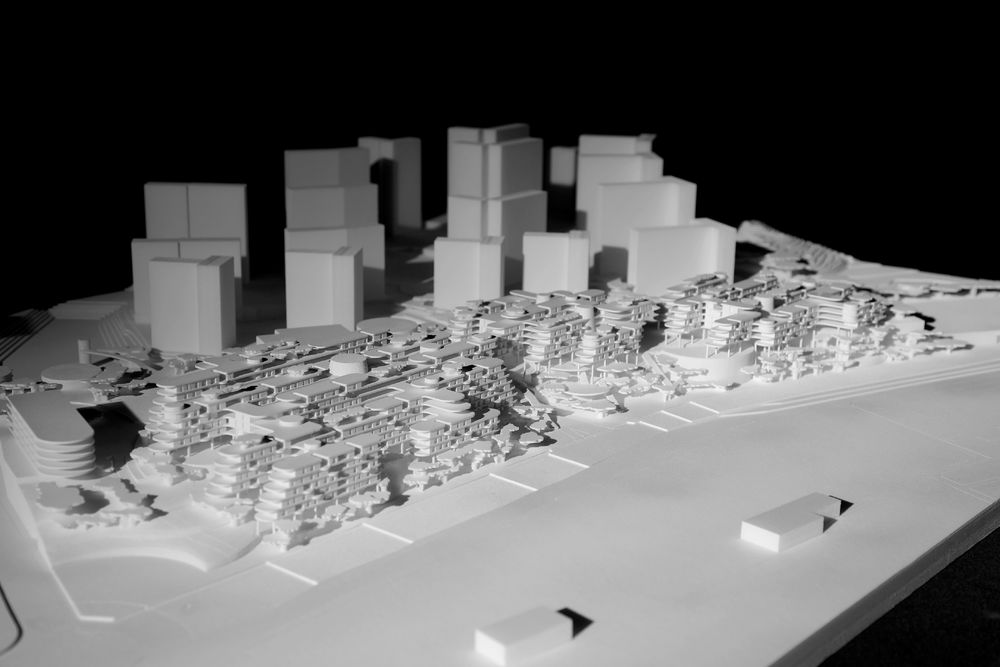
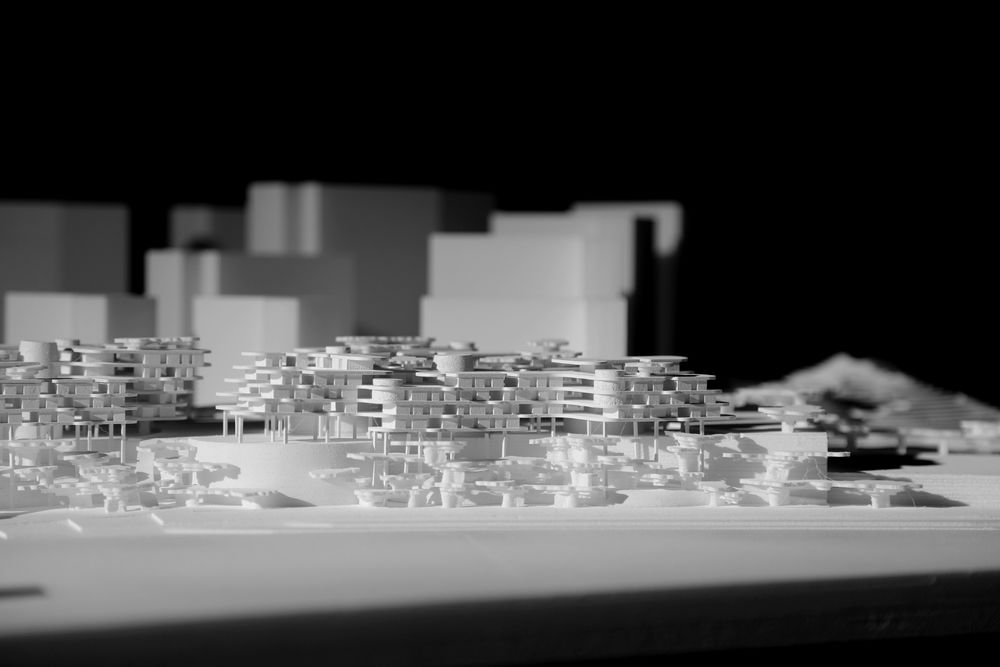
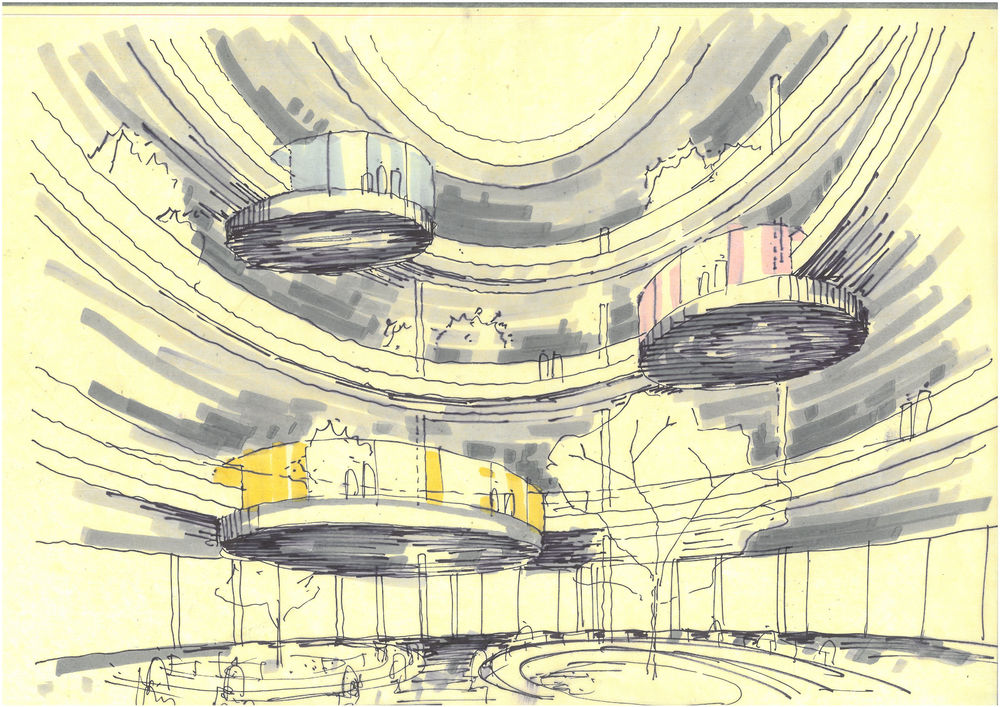
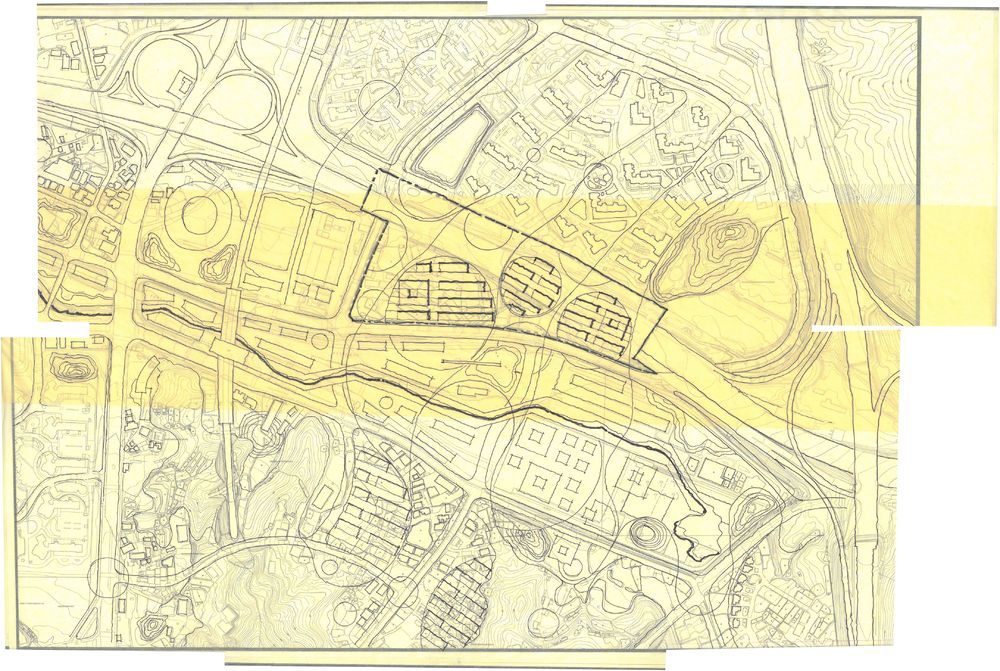
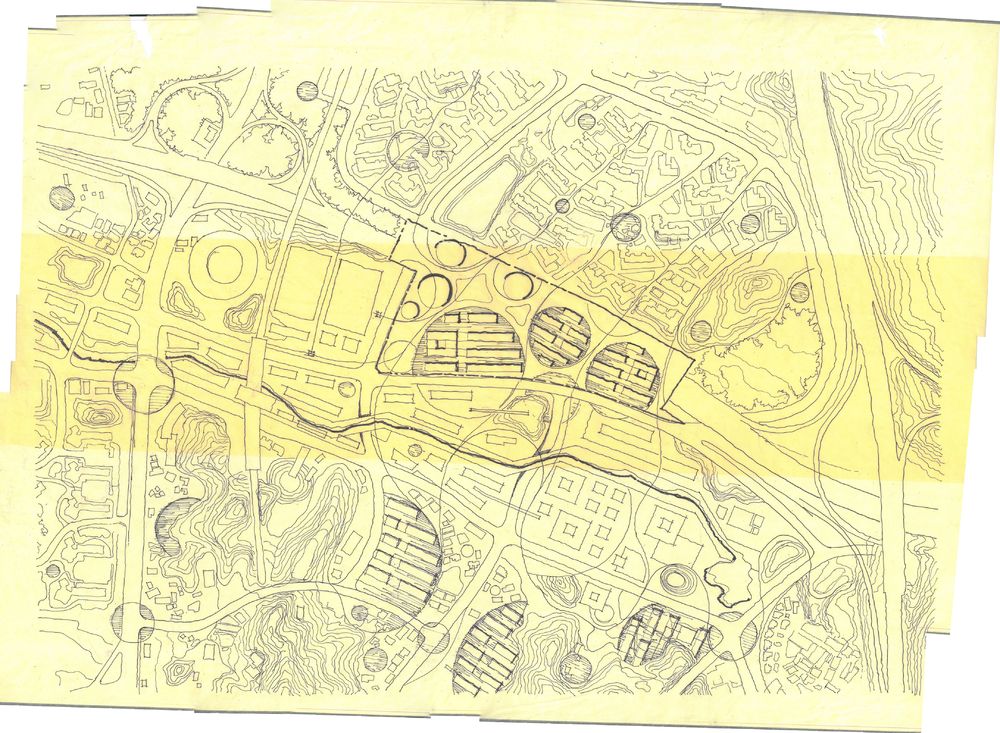
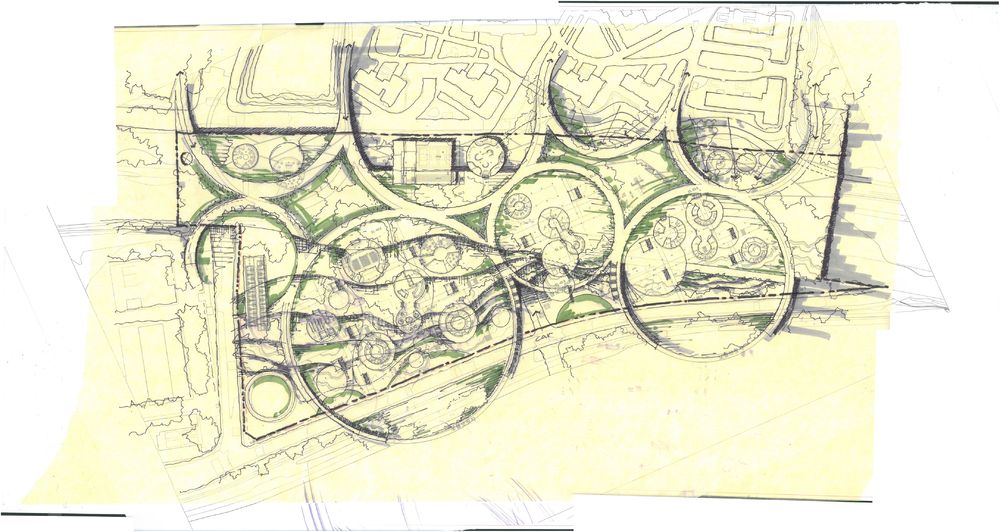
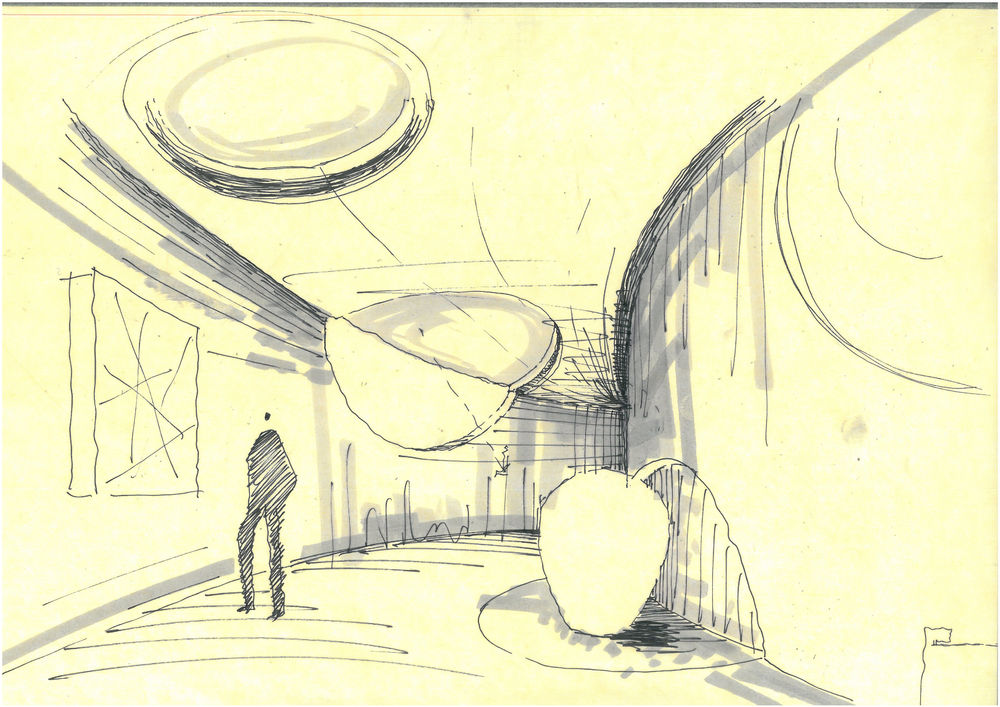
Today, the IC area of Sinnae is a residen-tial area of about 18,000 households that is split by the infrastructure of the North Expressway, Jungnang Garage, and Sinnae Automobile Base. There are three districts of Sinnae located in the northern part of this area that house 3,700 families that are particularly effected by this infrastructure. These large-scale facilities not only lead to inter-regional disconnection, but also to traffic congestion and an inability to afford facilities for local residents. In addition, the surrounding high-rise apartments create a complex and chaotic cityscape.
The newly designed compact city breaks down the disconnected and congested urban organization of this area by implementing a soft and flexible urban tissue that breathes new life into this urban space. Straight lines that are typical of most cityscapes are replaced with patterns of soft curves to provide a unique sensory experience for those accustomed to the orthogonal systems of existing cities. The flexible urban organization master plan led to the organizational principle of the Compact City Complex and encouraged the idea that the unique sensory elements experienced in the city could also be experienced inside the complex.
The new compact city will be built on three layers of infrastructure while implementing the concept of a compact city, focusing on the urban era of housing, business, and commercial, services, while renovating recreational zones and new urban spaces from damaged, low conventional and neglected pathways. The threedimensional land that houses living SOCs and Sinnae houses will function as a platform that connects disconnected and isolated urban areas naturally, and will function as a hub of urban networks linked to residential facilities and high-tech industrial parks to secure recreational zones and urban spaces in damaged connectivity and self-sufficiency in urban spaces.
A familiar set of urban forms is miniaturized and re-organized, like the recognizable yet altered elements in a souvenir snowglobe. The project does not literally mimic the spires or buildings of Vilnius, but instead initiates a conversation with them. Sets of small tower figures are used like spare parts of a model kit, or pieces of a game. Parts can be repeated, differentially scaled, rotated, or maybe thrown out, but they cannot be deformed or hybridized. Like a snow globe, this miniature toy city has the benefit of being able to include things of different times, places, and scales, all laid out inside a circular boundary. And like a toy, it lands on the earth loosely rather than emerging from it.




